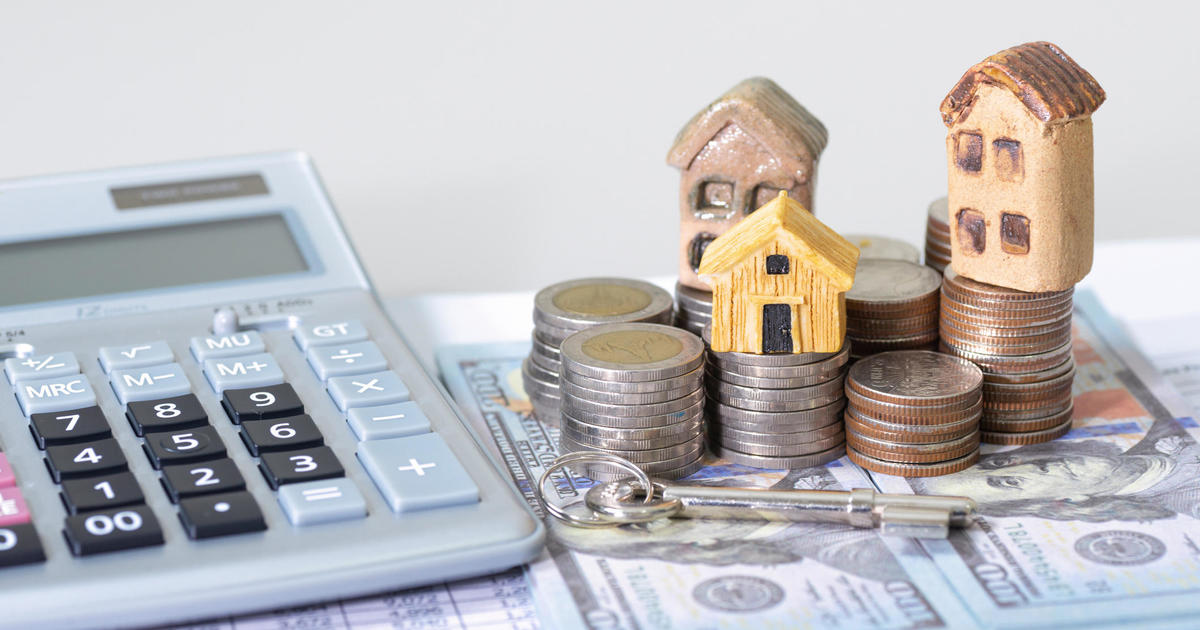A possible market-beating strategy for investors now
Did the stock market hit bottom last week? Or was it a false alarm? If the S&P 500-stock index did find a floor, hallelujah!
That possibility was raised when the S&P 500 touched 2,532.69 on Friday, Feb. 9, which was slightly below its 200-day moving average.
"This decline represented a total [intra-day] correction of 11.7 percent from the Jan. 26 high before rallying into the close," noted CFRA chief investment strategist Sam Stovall in his most recent equity research report to clients.
The S&P 500 had ended the previous trading day in "correction territory," he pointed out, "off 10.2 percent from the recent high." When this selloff fell through the 5 percent threshold on Feb. 5, it marked "the first decline of that magnitude in a post-World War II record of 564 calendar days," said Stovall.
What's more, "this decline adopted its 'pullback' status in only 10 calendar days, compared with the 22-day median required for all 56 pullbacks since 1945," according to Stovall's research. The market then tumbled through the correction-defining level of a 10 percent drop after only 13 days, versus its more normal 64 days, making this one "the quickest of any correction or eventual bear market in the past 73 years," noted Stovall.
Here's what he concludes: "If Friday was the ultimate bottom, which is impossible to know for sure, right now, history says (but does not guarantee) that the three S&P 500 sectors and 12 S&P 500 subindustries that fell the furthest during this decline present an attractive opportunity for the possible bounce ahead."
Indeed, these groups posted average advances of 24 percent and 55 percent, respectively, in the six months following the conclusion of corrections and bear markets since 1990, versus the S&P 500's average advance of 22 percent. Moreover, these groups beat the market nearly two out of three times, according to Stovall's findings.
There's still the danger, if course, that the bull market -- sturdy as it looks right now -- could morph into a new bear market. What then? That would go into the history books as the 22nd correction since World War II, which declined an average 14 percent and took a median of 84 days to get back to breakeven peak to trough, said Stovall.
But because of the swiftness of the 2018 sell-off, noted Stovall, "history says we should expect a quicker conclusion and more rapid recovery than normal."
Judging from Monday's markedly robust rally, with the S&P 500 up 1.4 percent, the Dow Jones industrials average up 1.7 percent and Nasdaq chalking up a 1.6 percent gain, a quicker conclusion on a verdict of whether the market has bottomed might, indeed, come sooner than later.
Meanwhile, what should investors do? "Consider buying, not bailing," advised Stovall. Not only will the speed of the recovery be reassuring to investors who might otherwise consider selling, "but it might also give the more forward-minded investors an opportunity to buy into sectors or industries and stocks" that they regretted getting out of earlier, said Stovall.
According to his studies, since 1990, history has shown that that it has been a market-beating strategy to buy the three sectors and 12 subindustries that were hit the hardest during the selloff -- and then hold them for the coming six months. Picking out the worst 10 subindustries, says Stovall, also worked well.
According to the record, from Jan. 26 through Feb. 8, all 11 sectors in the S&P 500 fell in price, with the biggest decliners being energy (down 14 percent), health care (11.7 percent) and materials (10.6 percent). But the utilities held up the best, with a loss of just 7 percent, consumer discretionary was down 8.2 percent and telecom services fell by 8.2 percent.
The market usually shows investors how to turn losers into winners by identifying the recent sectors and subindustry "dogs" that most likely will outpace the broader market benchmarks during the eventual recovery. It just so happens that Feb. 16, according to Chinese calendar, is the start of the "Year of the Dog."



